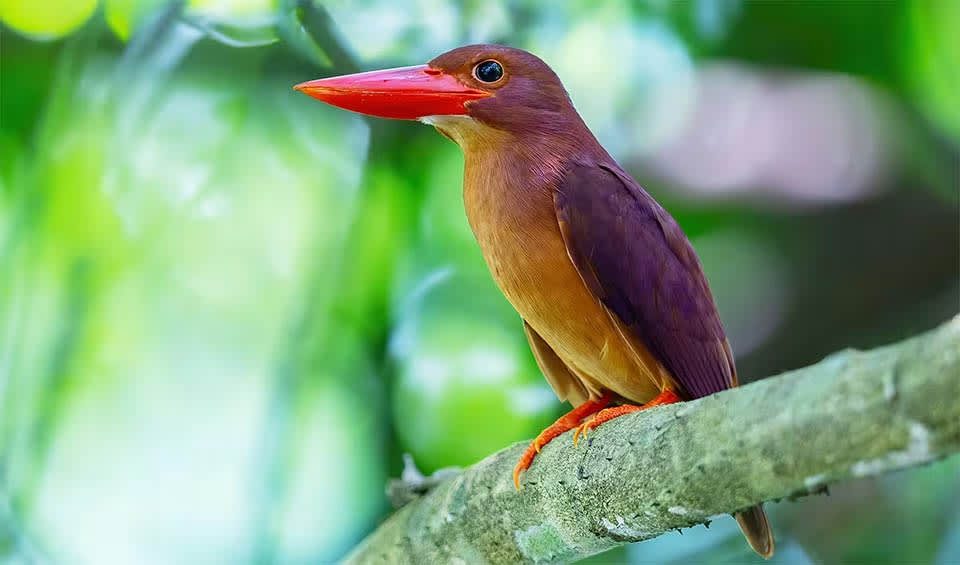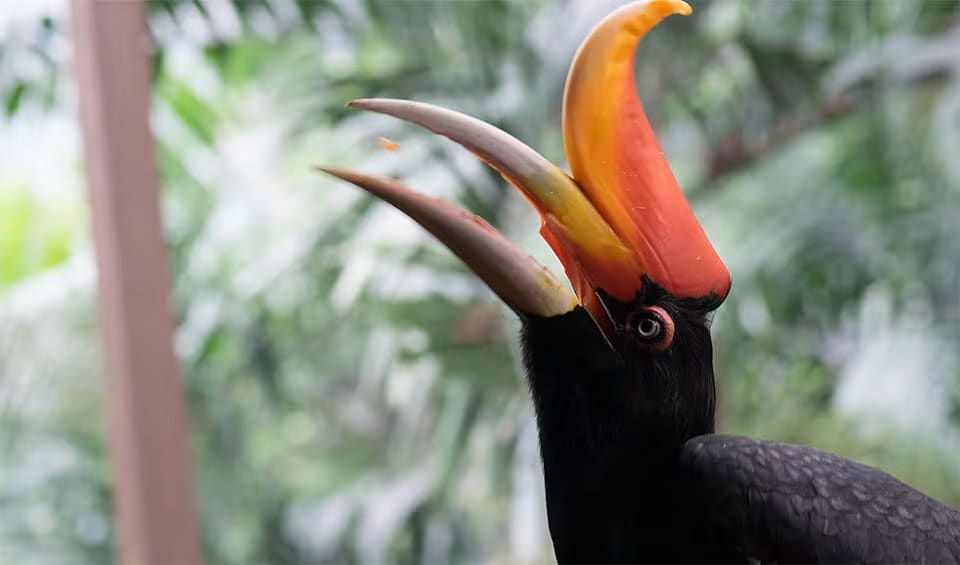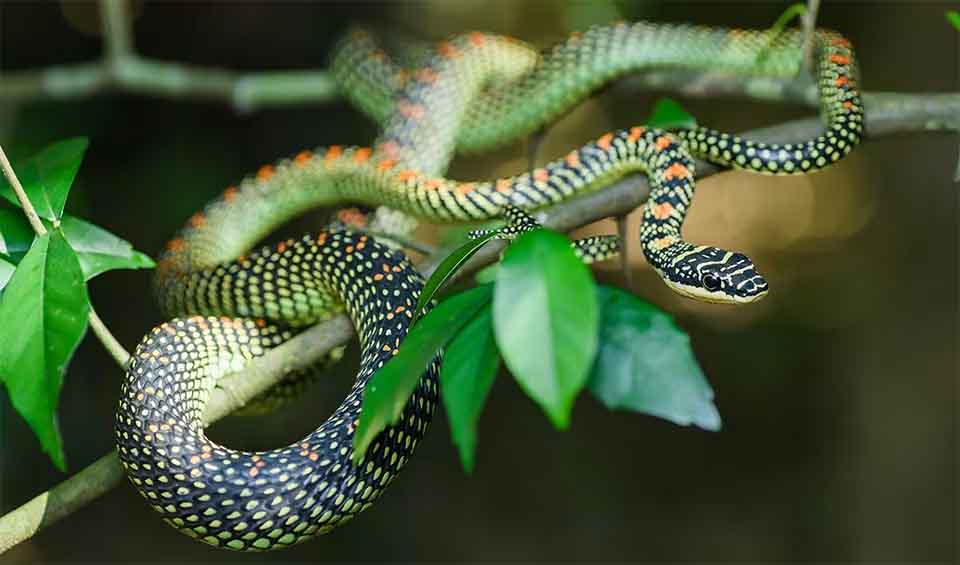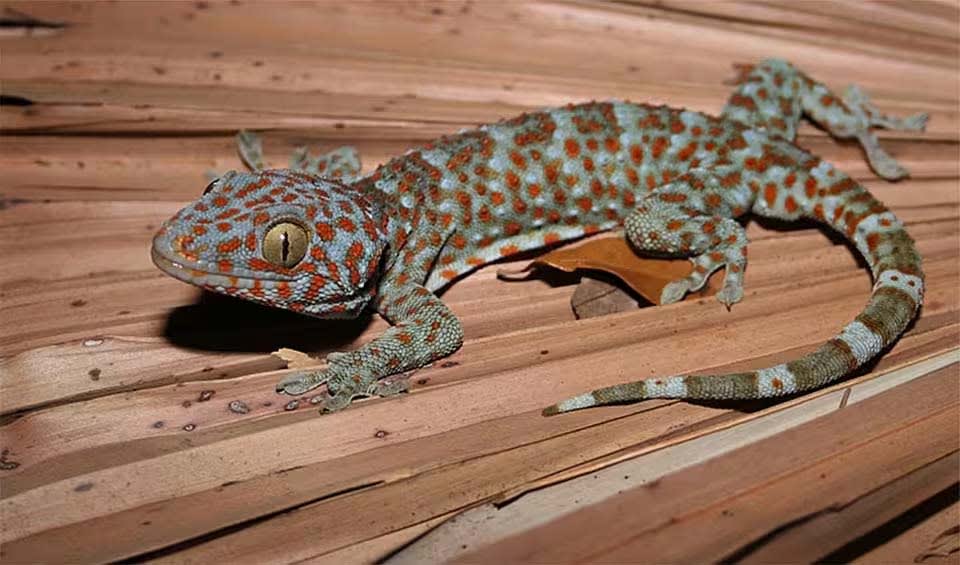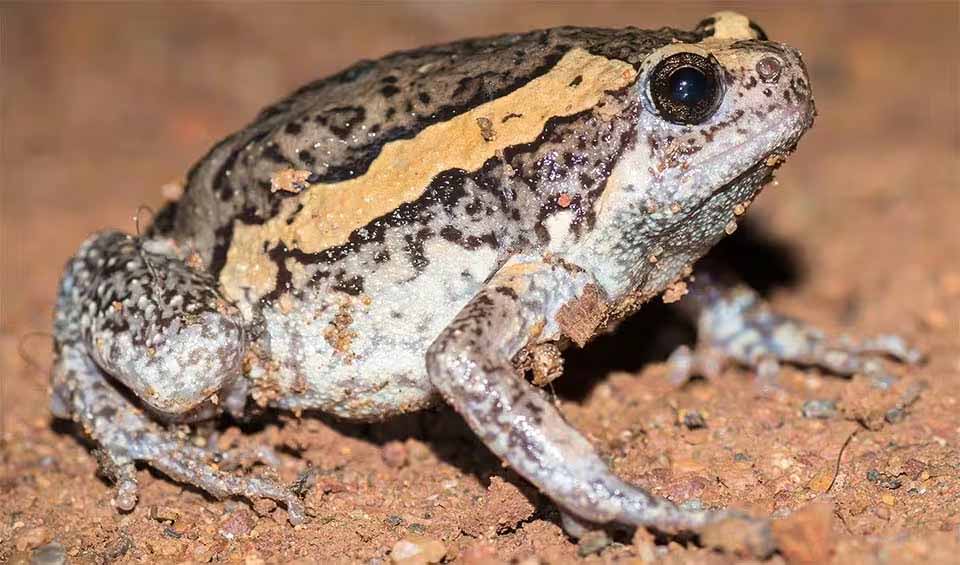Singapore boasts a diverse array of animal and plant species thriving in their natural environments, spanning dry land tropical rainforests, mangroves, and coral ecosystems, reflecting the city-state’s rich biodiversity. Despite its compact size of about 710 km² (274 mi²), including one main island and around 60 smaller offshore islands, Singapore supports both terrestrial and marine native biodiversity, despite being one of the world’s most densely populated countries.
Notably, Singapore’s forests are not commercially exploited for timber, and there are no indigenous peoples reliant on them for subsistence. Alongside natural ecosystems, managed habitats like public parks, park connectors, roadside plantings, and reservoir parks also harbor significant biodiversity, showcasing Singapore’s dedication to fostering a clean, green, and blue living environment.
Four pillars elaborated:
Singapore safeguards its unique biodiversity through various protected areas, including the renowned Bukit Timah Nature Reserve, boasting one of the last primary rainforest patches in the country and harboring endangered species like the Singapore freshwater crab and the Sunda pangolin. Additionally, the Sungei Buloh Wetland Reserve serves as a vital habitat for migratory birds, offering refuge in one of Singapore’s few remaining mangrove swamps. Land Management
Land Management
Other protected sites like the Labrador Nature Reserve and the Southern Islands further contribute to preserving rare plant species and serving as crucial breeding grounds for sea turtles. These protected areas collectively uphold Singapore’s natural heritage and foster biodiversity conservation efforts.
The primary threats to species in Singapore stem from habitat loss and degradation, pollution, poaching, and competition from invasive species. Land reclamation along the coast has significantly reduced coral reef cover by approximately 60%, while development pressures and coastal modifications continue to endanger intertidal habitats. Sedimentation and water clarity issues resulting from coastal activities further jeopardize marine biodiversity. Mangrove forests have dwindled due to development pressures like damming rivers and canalizing streams, leading to habitat loss for dependent species. Threats to Biodiversity
Threats to Biodiversity
Rising sea levels pose additional risks to coastal areas and mangroves, while incidents like oil spills and ship groundings have had minimal impacts on reefs thus far. Climate change and ocean acidification present less understood threats, with events like the 1998 mass bleaching linked to high sea surface temperatures. Freshwater habitats have also been affected by development, with artificial banks concretizing water bodies and pollution compromising water quality, thus threatening freshwater biodiversity. Additionally, impoundments disrupt the migration routes of freshwater species.
Singapore has implemented robust measures for biodiversity conservation, establishing two National Parks and four Nature Reserves protected under the Trees and Parks Act (2005). Efforts to address fragmentation in Nature Reserves include reforestation programs involving volunteers and corporate sponsors, resulting in the planting of over 17,000 native trees since the 1990s. The expansion of park connectors to 360 km (224 miles) by 2020 serves as ecological links for wildlife movement between parks and Reserves. In the marine environment, initiatives like hard coral nurseries and mangrove planting aim to restore degraded habitats. Singapore prioritizes counter-pollution measures to sustain marine life and conducts soil and water checks to prevent invasive species. Integrating nature into urban infrastructure, green areas within built-up zones have increased by 10% over two decades, enhancing conservation value and biodiversity. Capacity and Governance
Capacity and Governance
Ongoing projects like the recreation of natural waterways in urban parks further promote biodiversity and offer recreational options. Efforts also include protecting genetic diversity through development reviews and setting up the National Biodiversity Reference Centre website. Studies on vulnerability, adaptation, and mitigation inform the National Climate Change Strategy, while incentives are provided for sustainable green technology through the Sustainable Green Technology Building Programme.
Singapore is actively engaged in multiple initiatives to safeguard and enrich its biodiversity. The Singapore Green Plan 2030 focuses on expanding green spaces and preserving biodiversity through urban enhancements, habitat conservation, and sustainable resource management. Additionally, Singapore participates in the City Biodiversity Index to elevate its biodiversity ranking through conservation measures. Efforts extend to conserving nature reserves, restoring degraded ecosystems, and promoting sustainability across sectors like fisheries and agriculture. Future Trends
Future Trends
Biodiversity
Despite its small land area and high urban density, Singapore is renowned for its impressive biodiversity and commitment to environmental conservation. The city-state is home to many flora and fauna, supported by its tropical rainforest climate and well-preserved natural areas. Notable ecosystems include the Central Catchment Nature Reserve and Bukit Timah Nature Reserve, which are rich in biodiversity and house over 500 species of fauna and 2,000 species of plants. The Singapore Botanic Gardens, a UNESCO World Heritage Site, and the Gardens by the Bay also showcase a diverse range of plant species, both native and exotic.Marine and coastal biodiversity in Singapore is equally remarkable, with the Southern Islands and the intertidal zones supporting a variety of marine life. The coral reefs around these islands are home to over 250 species of corals and numerous species of fish, crustaceans, and mollusks. Mangrove forests and seagrass meadows further enhance the coastal ecosystems, providing vital habitats for species such as the critically endangered hawksbill turtle and various migratory bird species.
In the table below are the number of known species in several main groups, how many of these species are Threatened with extinction, and how many of them are Endemic (unique to Singapore only):
| Species (World rank) |
Threatened | % Threatened | Endemic | % Endemic | |
|---|---|---|---|---|---|
| Mammals | 91 (#122) | 14 | 15.4% | 1 | 1.1% |
| Birds | 369 (#95) | 23 | 6.2% | ||
| Reptiles | 135 (#69) | 6 | 4.4% | ||
| Amphibians | 30 (#80) | 1 | 3.3% | ||
| Fishes | 727 (#79) | 48 | 6.6% | 2 | 0.3% |
| Plants | 2,638 (#136) | 46 | 1.7% | 4 | 0.2% |
mammals
Sun bear
The smallest of bears is slowly vanishing from tropical forests of Southeast Asia
Dhole
Extinct in Europe and North America, probably due to landscape changes during the ice age, and currently can only be found in Asia
Sunda flying lemur
The common name was a smokescreen that confuses people because they are not a lemur and do not fly
birds
White-bellied sea eagle
Its broad wings enable it to glide effortlessly on air currents, often seen navigating the coastal winds
Ruddy kingfisher
Notoriously difficult to spot due to their preference for dense, shadowy forest habitats
Rhinoceros hornbill
35 years. That’s how long it can live in captivity. But, does that equal its time in the rainforests of Borneo, among high canopy greens?
reptiles
Paradise flying snake
A snake that can fly? Well, not exactly fly, but glide through the air like a superhero
Spiny turtle
The thorny devil of the turtles
Tokay gecko
Its large eyes are equipped with highly sensitive retinas, which allow it to see in low light conditions
amphibians
Long-nosed horned frog
The “horn” structure on its nose helps break up its outline, making it harder for predators to spot
Banded bullfrog
These frogs don’t “croak”—their call sounds more like a dog’s bark!
American bullfrog
Introduced to many regions where it is now considered an invasive species




